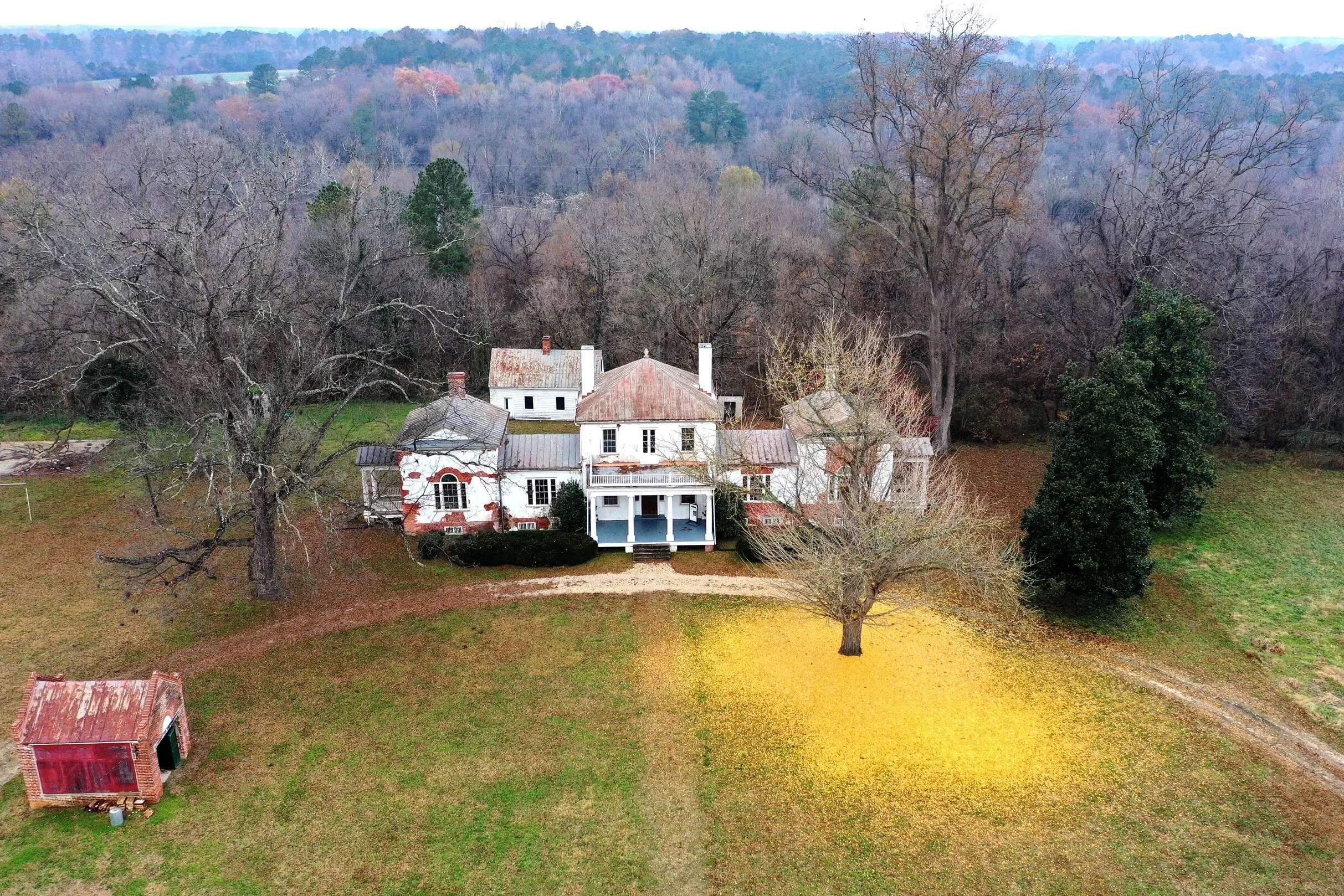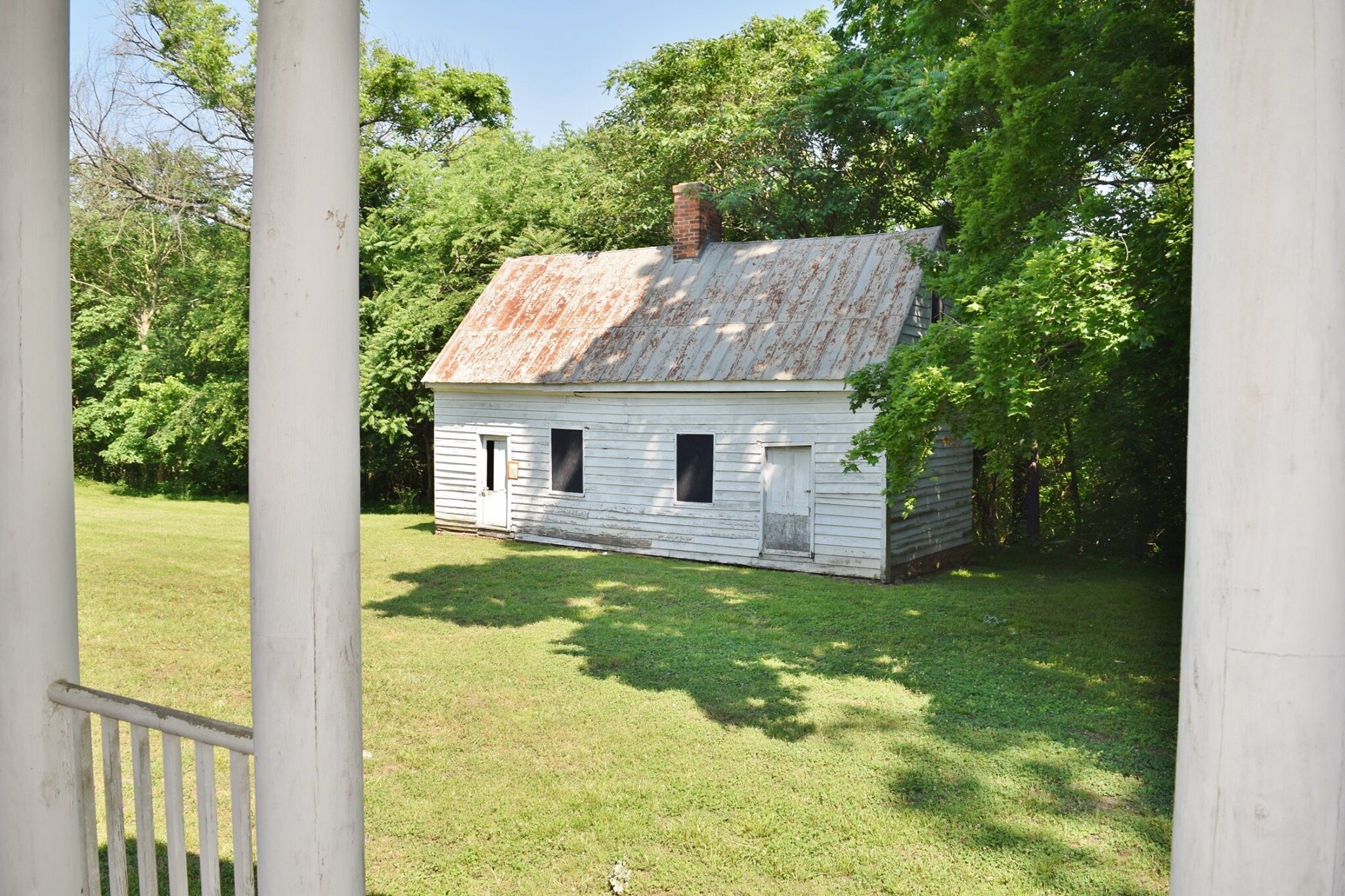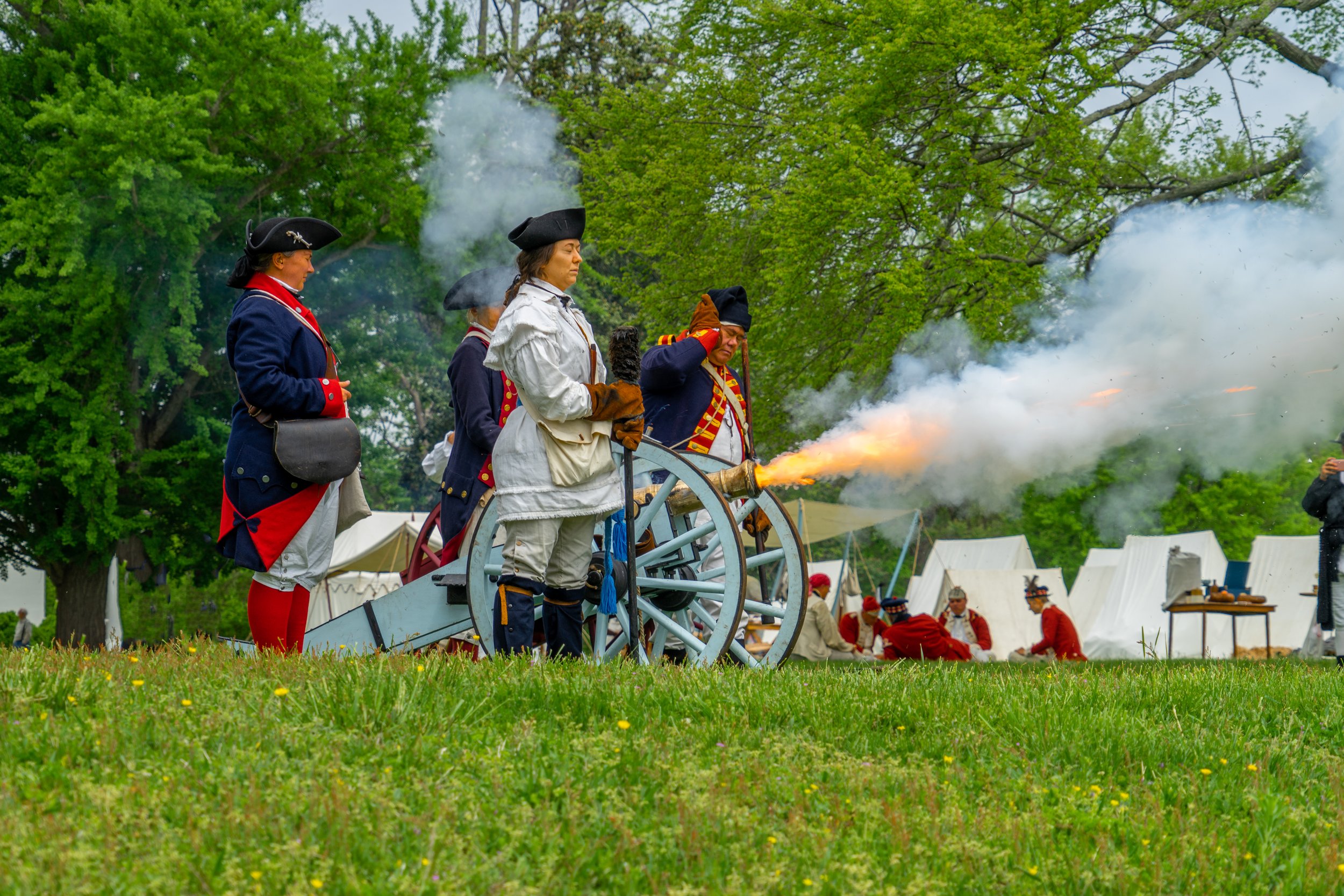
The Story of Battersea
Battersea: A Testament to American Longevity
In the span of the past 250 years, Battersea has stood as a testament to American longevity in rich cultural history and heritage. In 1768, Colonel John Banister built Battersea near the bustling trade town of Petersburg, Virginia. Today, the villa encapsulates the early beginnings and achievements of our country within its architectural grandeur, craftsmanship, and revolutionary history.
Battersea is a Virginia Historic Landmark listed in the National Register of Historic Places and is one of the finest surviving examples of Palladian architecture in America. Modeled after the architectural designs of Italian Andrea Palladio, Battersea's characteristic five-part symmetrical layout subscribes to neo-Palladian and Federal styles that were popular during the 18th and early 19th centuries. Along with its architectural significance, Battersea has also had a vibrant past, rich with history. Notable events include the quartering of British troops in the home on three separate occasions, as well as the construction of the unique and historic greenhouse on the property c. 1830.
Example of a 5-part Palladian architectural design
After Banister's death in 1788, the property was sold to Judge John Fitzhugh May (1784-1856) in the mid 1820s who altered the original Palladian style, giving the home a more period-appropriate federal-style layout. After May, the property went through a number of private hands throughout the nineteenth and early twentieth centuries until it was eventually acquired by the City of Petersburg in 1985. They would maintain the building as a historic site until 2011 when the Battersea Foundation purchased the home with the goal of preserving historic Battersea and offering educational, artistic, and cultural experiences that inform, enrich, and inspire the public.






